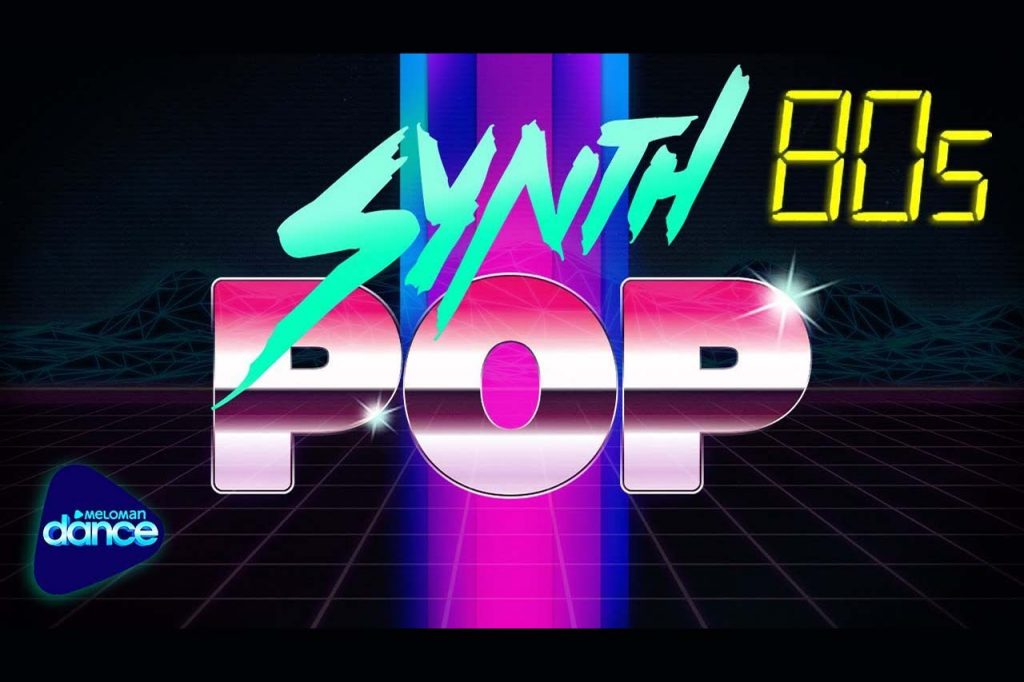‘Synthpop’ is a musical form that comes from various ramified types of genres such as pop music, and electronic music which is performed through the use of synthesizers and lacks (almost always) of instruments. Among its greatest exponents David Bowie can be mentioned, he who has influenced til this very day different artists in both: sound and visual concept; and the great pioneer Giorgio Moroder an Italian composer and producer responsible for commercial successes such as Donna Summer and others.
Some theorists think that when making the inclusion of other instruments like guitars, bass and drums would be something more like the powerpop. Some others may see no difference.
It was in the ’70s when several musicians in Europe and the United States began to experiment with these sounds, and it was not until the early 80’s that it began to have a more relevant commercial reception. In 1977 ‘I feel love’ by Donna Summer just as themes like Visage’s ‘Fade to Gray’ (1980) set a standard by including powerful basses and melodic lines on them.
The synthpop historical process also took place thanks to the creation of the first ‘MOOG’ a synthesizer in created back in 1964, which would later be adapted to a smaller format for convenience and ease of transportation, the latter being hosted and used by bands such as Pink Floyd, adding a psychedelic touch to the rock sound that they had been working on during their career, their compositions with the Minimoog integrated would also serve as a reference for later generations.
Synthpop has always been characterized by a futuristic and casual sound, which at the time completely contrasted with the angry and heavy attitude of punk, since then it has been characterized by being minimalist and generic.
Subsequently, synthpop began to gain more affluence thanks to its receptivity as much as in the radio stations as in the general public, its sound progressively evolved until permeating and reforming genres that already existed as pop, dance, and disco music. Then as visual resources, it began to use neon and metallic colors.
With the resurgence of rock music in the late 80s, synthpop suffered a decline that managed to recover discreetly in the 90’s thanks to exponents like Daft Punk, however, it always remained in a kind of underground scene and its commercial appeal was obscured until the beginning of the new millennium in the year 2000, where the sound of the ’80s was resumed but with new structures that gave shape to new forms like electro-house.
In 2006, Madonna’s album ‘confessions on a dancefloor’ put synthpop back into the mainstream sphere, and later exponents such as Kesha and Lady GaGa would also make use of it within their compositions.
Nowadays, synthpop is considered a key element in the evolutionary process of electronic music in general as well as serving as a platform for other forms such as dance, trance, house, techno, and others. Also, it has inspired anyone who has felt an interest in it. Its influence can be seen today in pop and mainstream culture.



